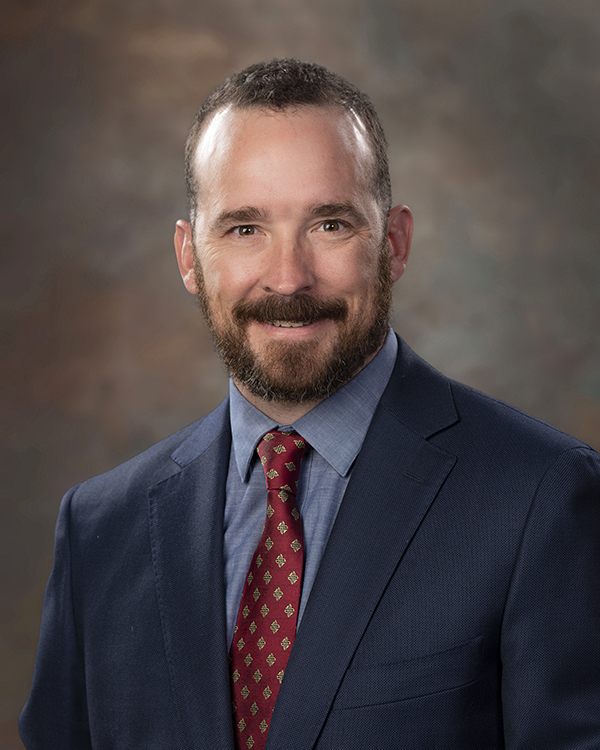
April 21, 2025
Interventional pain management uses special tools and techniques to diagnose and treat pain, especially when regular methods like medicine or physical therapy fail to provide adequate relief. The goal is not just to reduce pain but also to help patients move better and enjoy life more. This approach includes many simple procedures that target the pain directly, giving patients a more personalized and often better treatment option.
One common method in pain management is using injections, like epidural steroid injections, nerve blocks, and facet joint injections. These injections are used for problems like herniated discs, sciatica, and spinal arthritis. They work by reducing swelling or blocking pain signals at the injury site. Another important method is radiofrequency ablation, which uses heat to stop nerve function, giving long-lasting pain relief for conditions like osteoarthritis and chronic back pain.
For patients with severe pain that doesn't get better with injections or medicine, spinal cord stimulation (SCS) and intrathecal drug delivery systems (IDDS) are advanced techniques that can be used. These devices give continuous, targeted pain relief by sending electrical impulses or medicine directly to the spinal cord or nearby nerves, avoiding the need for regular medicine.
Interventional pain management is often part of a team approach to treating pain, which may also include physical therapy, counseling, and lifestyle changes. While it doesn't cure all types of pain, it gives many patients significant relief, reducing their need for oral medicines and improving their daily lives. This growing field is a key part of modern pain care, offering hope and a better quality of life for people with chronic pain.
When Interventional Pain Methods No Longer Work
If interventional pain management techniques are no longer effective or not the best option for a patient, providers may consider other options to treat a patient’s injury or pain, such as surgery. For example, spine surgery can be effective for patients who are having pain in their low back, neck, arms or legs. Patients with persistent pain sometimes have nerve root or spinal cord compression due to disc herniations, or an arthritic condition. When this is the case, surgery can decompress nerve roots and stabilize arthritic segments of the spine. Some of these surgeries, like a microdiscectomy, are outpatient procedures. More complex procedures like a spinal fusion, disc replacement, or laminoplasty, require a short stay in the hospital.
Surgical procedures can address the underlying causes of pain more directly and may provide relief when other non-operative treatments have failed. It’s important to speak with your entire care team about the options available and what might be right for you and your diagnosis. Additionally, patients might explore alternative therapies or more intensive rehabilitation programs to manage their pain and improve their quality of life.
In 2021, the Centers for Disease Control (CDC) estimated that about 20% of the American population lives with chronic pain. If you’re one of these individuals, we encourage you to speak with your provider about all the options available to you to better manage your condition and get you back to doing what you love.
About the authors:
Dr. Zachary Klinger is an Interventional Pain Management Specialist at St. Peter’s Health. He strives to improve patient comfort, mobility, and quality of life through innovative, evidence-based therapies such as Neuromodulation including spinal cord stimulation and peripheral nerve stimulation. He offers treatment options for complex regional pain syndrome, malignancy related pain, spinal stenosis, vertebral compression fractures, joint pain, headaches, and chronic neck and back pain.

Dr. Patrick Curry is a board certified and fellowship trained Orthopedic Spine Surgeon at St. Peter’s Health. Dr. Curry offers highly specialized spine, back and neck surgical services, treating cervical, thoracic and lumbar spinal disorders such as disc herniation, spinal stenosis, spinal cord compression and spinal deformities.

